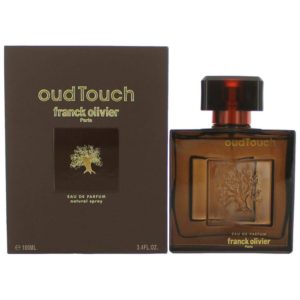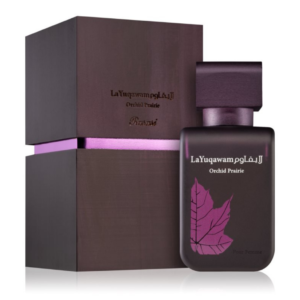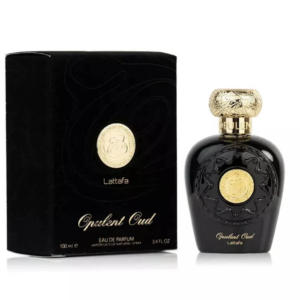Lattafa Velvet Oud EDP 100mL
You Save: $ 331
Size 100mL
Made in France
Ships within 2 working days
Perfume Velvet Oud Eau de Parfum by Lattafa Perfumes is a velvety perfume with incense, noble Oudh, golden amber and sensual musk.
An elegant, warm, oriental perfume with a linear fragrance line, suitable for any occasion.
Main scents: balsamic, amber, smoke, Oudh, musky
3 in stock
 Free Delivery In 3 To 5 Days
Free Delivery In 3 To 5 Days









Reviews
There are no reviews yet.